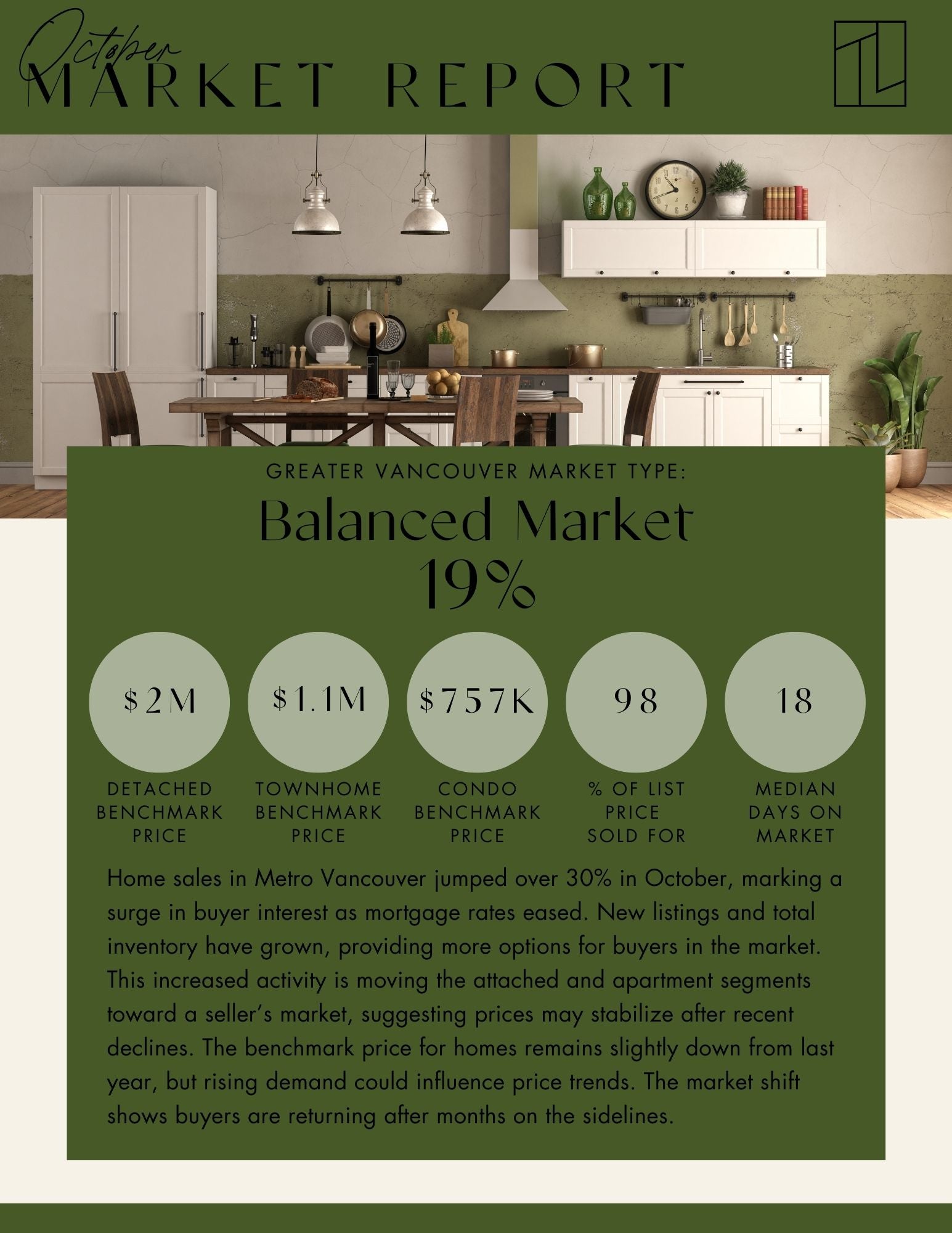
What Is a Depreciation Report?
A depreciation report is a detailed document that outlines the condition of a strata building and estimates how much it will cost to maintain and repair over the next 30 years. It’s like a long-term health checkup for the building, listing major components like the roof, elevators, plumbing, and more. The report gives an estimated timeline and cost for repairing or replacing each part, so you and other owners can plan financially for the future. In British Columbia, all strata corporations with five or more lots are required to obtain a depreciation report every five years.
Why Is a Depreciation Report Important?
Understanding a depreciation report is essential for several reasons:
- 1. Financial Preparedness: The report helps you and other owners plan for upcoming costs. This could mean avoiding large, unexpected fees called “special assessments,” which are additional charges owners may face if the strata has not saved enough to cover repairs.
- 2. Investment Insight: A well-maintained building with a good financial plan is generally a better investment. If a depreciation report shows that the strata is actively planning for repairs and has adequate funds set aside, it’s a sign the property is in good hands. In contrast, a building with underfunded reserves or deferred maintenance could mean future costs.
- 3. Mortgage and Financing: Some lenders review depreciation reports as part of the mortgage approval process. If the report reveals significant repair needs or an underfunded reserve, the lender may see the property as a higher financial risk, which can impact your loan approval.
How to Read a Depreciation Report:
Depreciation reports can be lengthy and technical, but here’s a breakdown of the main sections and what to pay attention to:
Major Components: This section lists all the big-ticket items like roofing, elevators, and plumbing. Take note of components that are costly to replace and whether any of them are nearing the end of their useful life.
Projected Costs and Timelines: Here, the report will show when major repairs or replacements are expected and how much they might cost. Focus on items due within the next five years, as these could be costs you’ll face shortly after buying.
Contingency Reserve Fund (CRF): This is the strata’s savings account for future repairs. The report should show how much is in this fund and whether it’s enough to cover upcoming expenses. A low balance or underfunding could mean future special assessments for owners.
Funding Scenarios: The report may include different funding options, such as “full funding” or “baseline funding.” Full funding means the strata is saving adequately for future repairs, whereas baseline funding covers only the minimum. If the strata is only minimally funded, you might face extra costs down the line.
Why a Depreciation Report Matters to You
Projected Costs and Timelines: Here, the report will show when major repairs or replacements are expected and how much they might cost. Focus on items due within the next five years, as these could be costs you’ll face shortly after buying.
Contingency Reserve Fund (CRF): This is the strata’s savings account for future repairs. The report should show how much is in this fund and whether it’s enough to cover upcoming expenses. A low balance or underfunding could mean future special assessments for owners.
Funding Scenarios: The report may include different funding options, such as “full funding” or “baseline funding.” Full funding means the strata is saving adequately for future repairs, whereas baseline funding covers only the minimum. If the strata is only minimally funded, you might face extra costs down the line.
Why a Depreciation Report Matters to You
A depreciation report is an invaluable tool for understanding the financial and physical health of a strata property. By reviewing it thoroughly, you can avoid unexpected costs, make a more informed purchase decision, and ensure that you’re investing in a property with a clear plan for maintenance and repair. If reading these reports feels overwhelming, don’t worry—that’s what I’m here for. I’ll go over the details for you, breaking down exactly what they mean for your investment, so you can feel confident in your decision.
Contact me today, and let’s start the search for your ideal property together. With my expertise, you can navigate the home-buying process smoothly and make a well-informed choice on one of the most important purchases of your life.